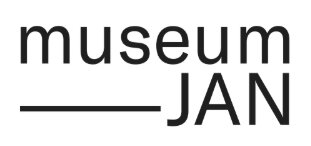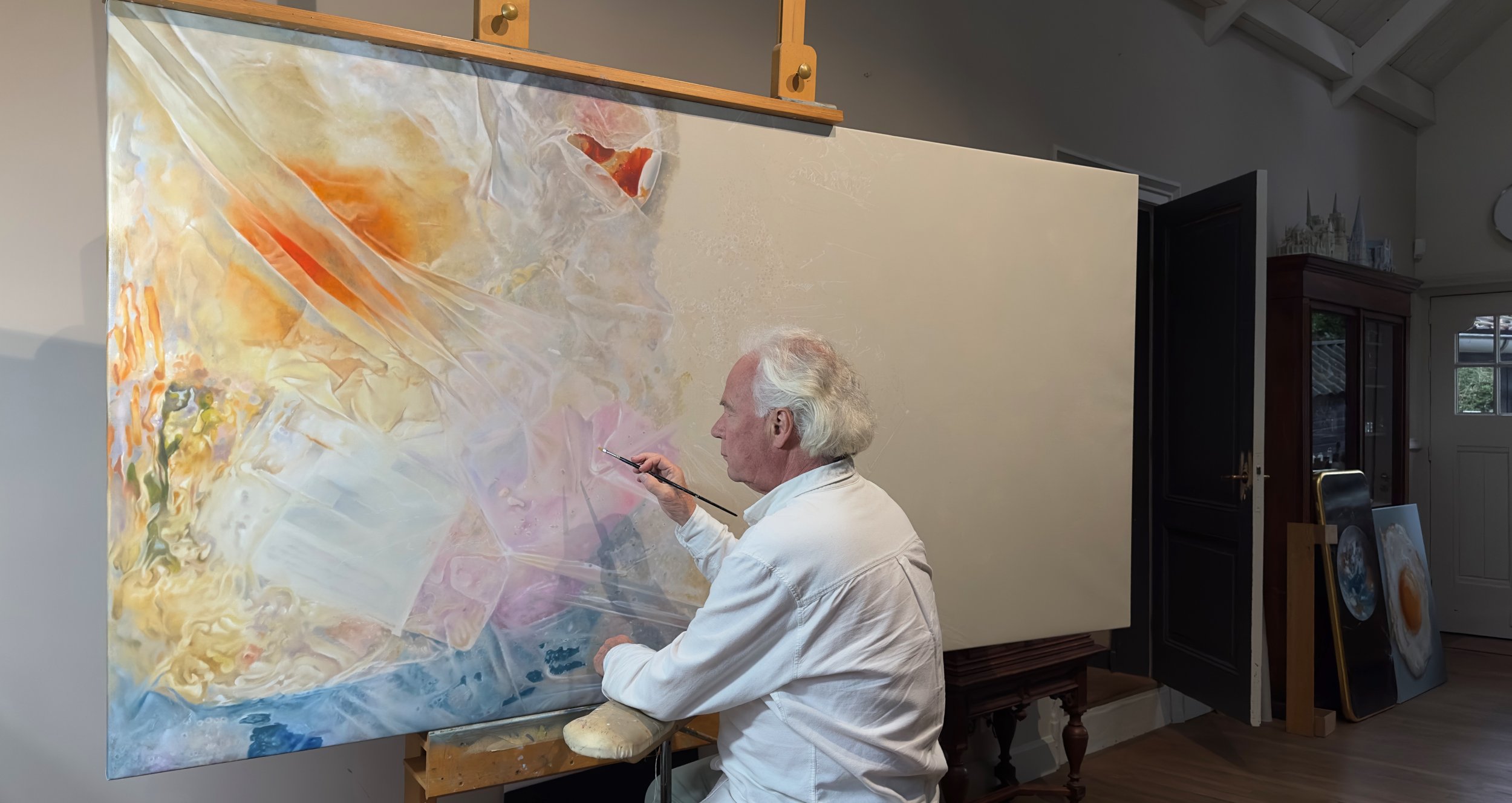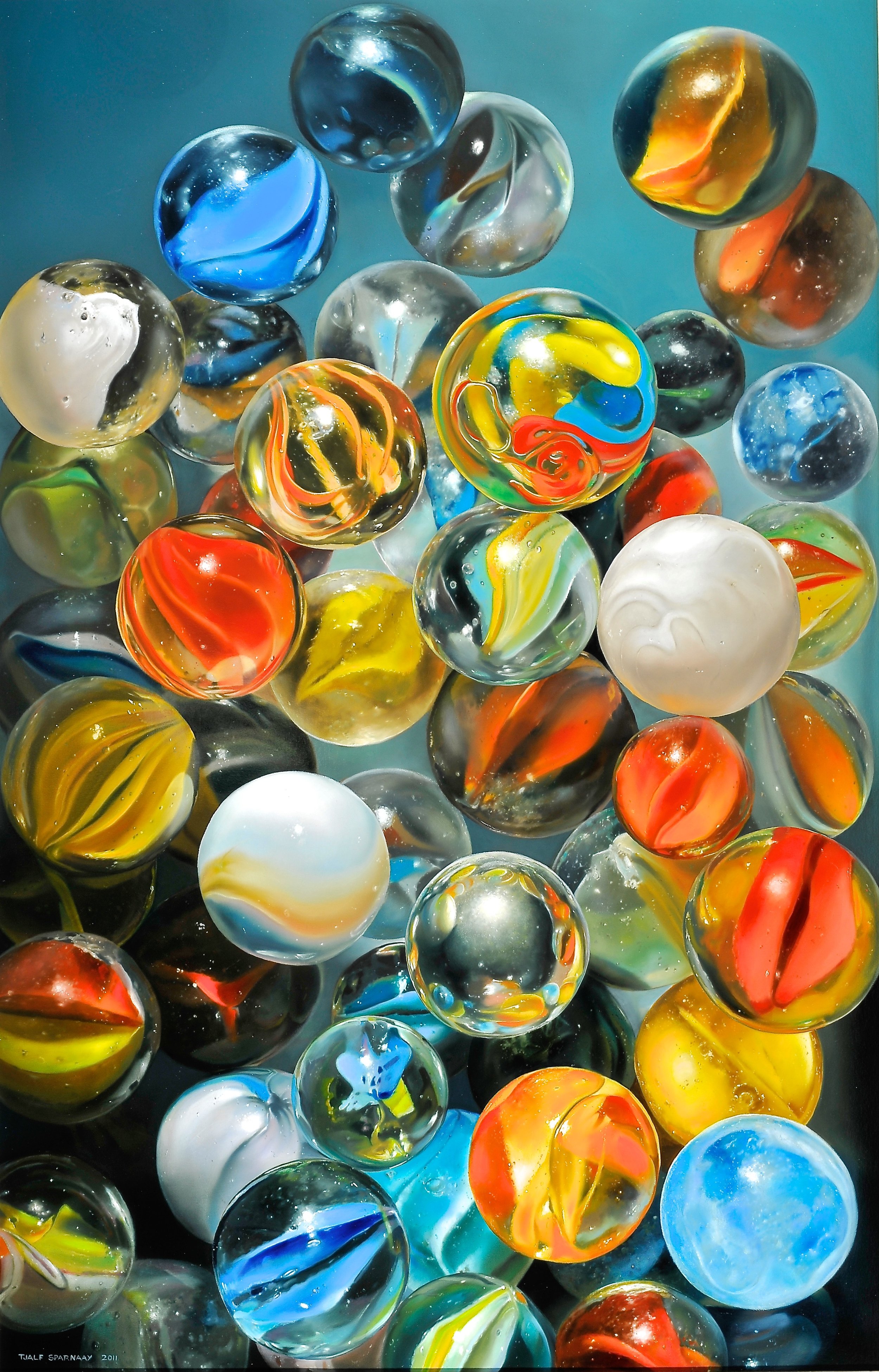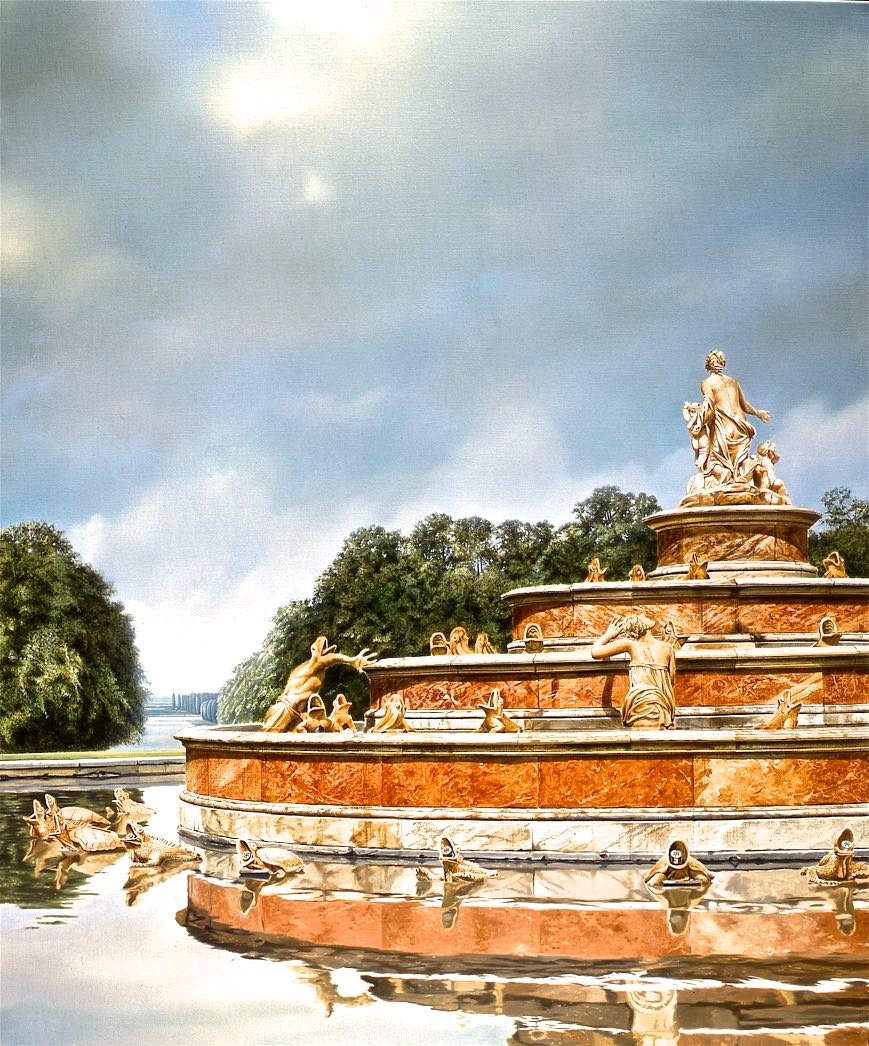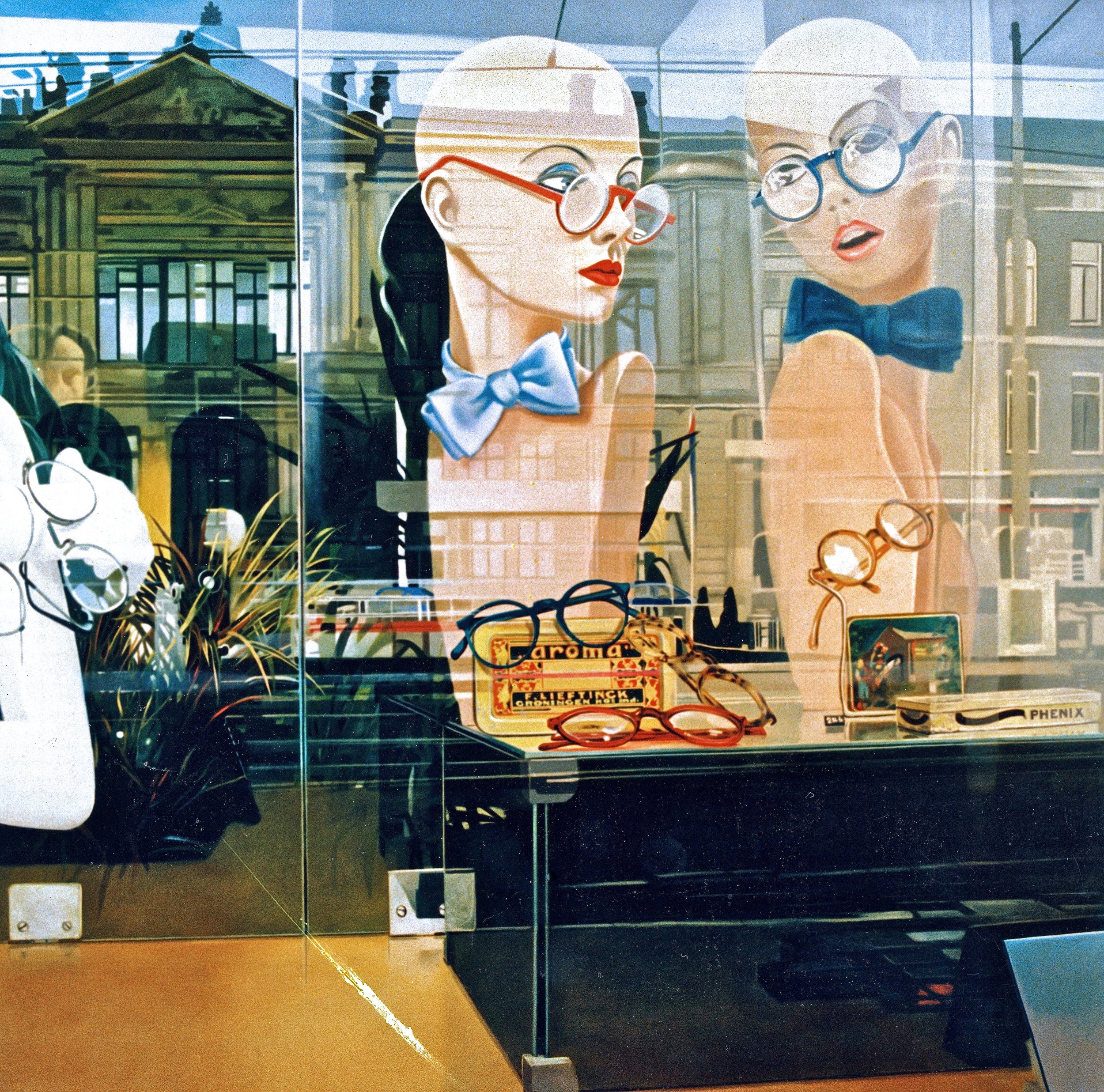With the anniversary exhibition The Bigger Picture, Museum JAN in Amstelveen celebrates the 70th birthday of creative artist Tjalf Sparnaay. More than 60 works from various museum and private collections provide a special overview of his oeuvre: from his initial illustrations for postcards to his latest food painting WasteScape, which will be exhibited publicly for the first time. At Museum JAN, Sparnaay - internationally known and acclaimed for his iconic oil paintings of fried eggs and flattened Coke cans - showcases the grandeur of small things. His hyper-realistic style enchants the viewer, who is instantly convinced of the power of his imagination. However, Sparnaay also shows that the photographic, objective approach to his subjects, definitely involves some kind of personal inspiration.
Tjalf Sparnaay
When you stand in front of a canvas by Tjalf Sparnaay (Haarlem, 1954), something happens to you. The image you see, creates a lasting impression. And that is exactly his intention: "I am an image maker. I want to create images that have impact. But I am also interested in the overall concept, the bigger picture." Sparnaay wants you to look beyond what you actually see. He makes you realise that you can also view things around you in a different way. Humour, optimism and positivity are all integral parts of his images.
The beauty of everyday life
He is the painter of ordinary, everyday things, things that you recognise because you are confronted with them on a daily basis but which, because of their isolation and position in a painting, are totally independent. Triggered by the reflection of sunlight on the dishes, for example, he depicted the inside of his own dishwasher in 1998. A recognisable and self-explanatory image, but completely new in terms of theme and style within the Dutch painting tradition. Sparnaay was inspired by Rembrandt and Vermeer, by the magical realism of Carel Willink and American photographic realism, also known as hyper-realism, of artists like Ralph Goings, Charles Bell and Richard Estes. He made their style his own and developed what he himself called mega-realism, in which he depicts, isolates and (extremely) magnifies reality with more than photographic precision.
©Tjalf Sparnaay 1: Knikkers, 2011 2: Fontein van Versailles, 1996 3: Aroma, 1989
Appearances can be deceiving
Sparnaay regards himself as an illusionist. He is able to use paint on canvas to make the viewer believe he is seeing a hamburger and makes you believe in the perfection of the imperfect. In his opinion, beauty is the most important element, so he paints the meat sandwich at its very best, down to the smallest detail. To the extent that you think you can even smell and taste the hamburger and you need to get closer to the painting to convince yourself that what you see is not real.
From postcard to garbage bag
In his retrospective exhibition at Museum JAN, Sparnaay looks back on 40 years of image-making. It is a journey through early illustrations for postcards via paintings of stilted landscapes with classical buildings to modern cityscapes and, of course, the famous mega-realistic still lifes. Also featured in the exhibition are recent paintings with socially committed images responding to contemporary visual culture and social media. The giant oil canvas WasteScape - in which a meticulously painted semi-transparent pedal bin bag filled with kitchen waste symbolises Sparnaay's indictment of today's consumer throwaway society - will be shown to the public for the first time but may be his very last food painting.
